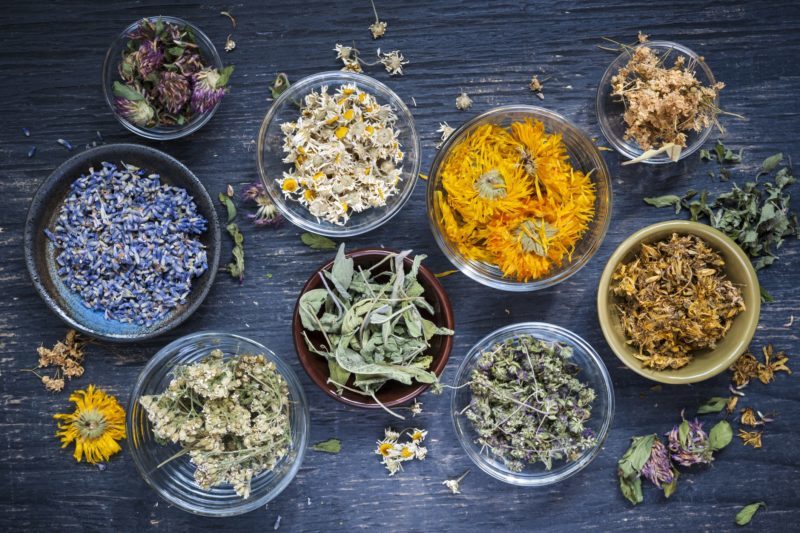A press release from the American Herbal Products Association (AHPA) states that the revisions incorporated many of the comments AHPA submitted in 2013 and in 2019, requesting the addition of herbal commodities that had not previously been included in EPA’s crop grouping system.
“Crop groups” allow the establishment of shared pesticide tolerances for all crops within each group. The final rule converts the current Crop Group 19: Herbs and Spices Group into Crop Group 25: Herb Group and Crop Group 26: Spice Group, effective on January 5, 2021.
Related: AHPA Updates Online Botanical Safety Handbook Industry Begins to Discuss Impacts of the Election EWG Finds High Glyphosate Levels in Hummus
EPA agreed to add over 140 herbal commodities to Crop Groups 25 and 26, between its proposed rule issued on August 27, 2019, and the final rule, the press release says. Out of all the crops AHPA proposed including, EPA only identified 17 as not appropriate for inclusion. The 17 excluded crops consisted mostly of seaweeds, hemp commodities, and a few plants deemed toxic to humans.“The expansion of the scope of these crop groups reflects EPA’s evolution in commonsense pesticide regulation,” said AHPA President Michael McGuffin. “The participation of many APHA member companies in identifying the numerous herbal crops that should be covered by this rule was essential to this regulatory process, and is greatly appreciated.”










